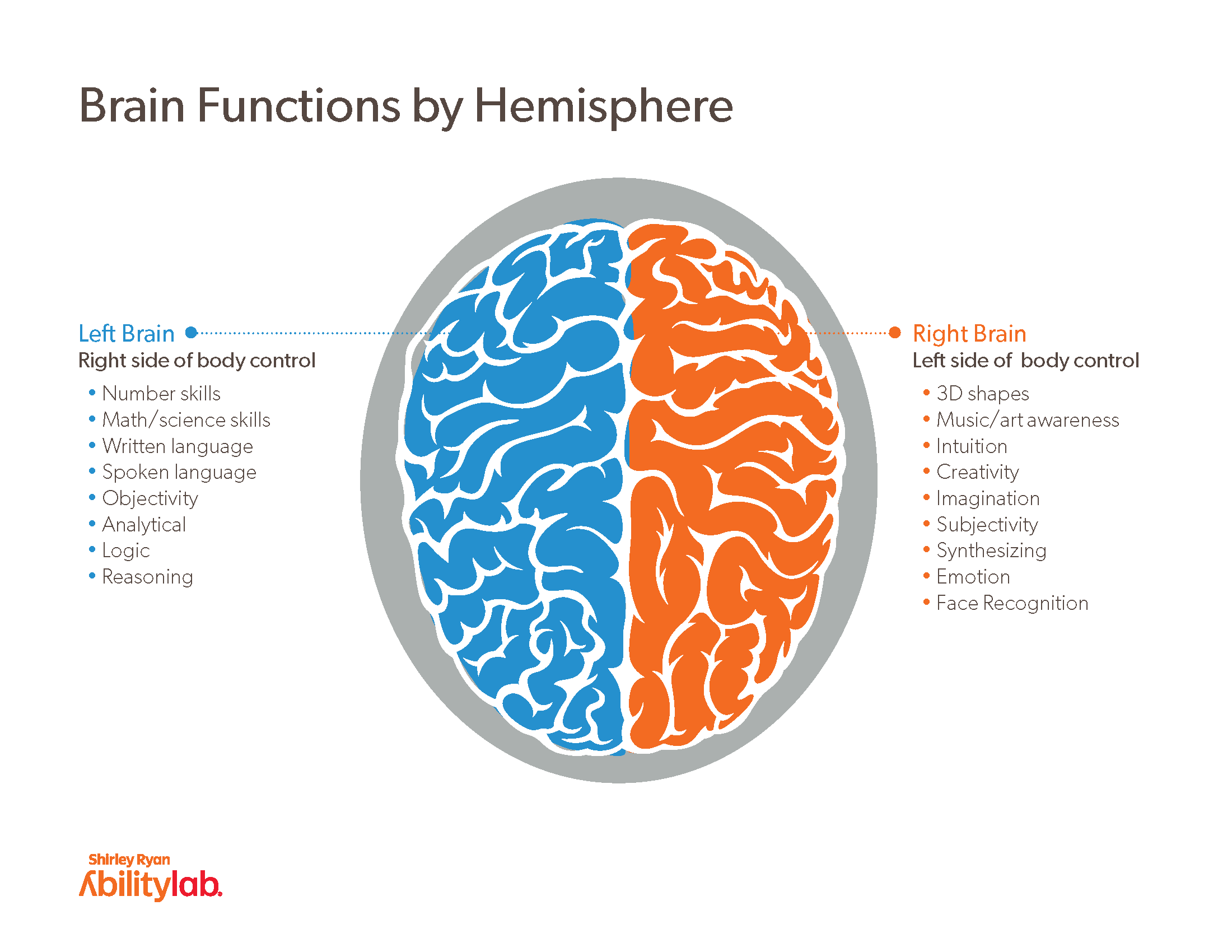Body
The term “brain injury” is broad and includes a variety of factors used to define the different types. No two people with brain injuries will have exactly the same symptoms, treatment, rate or level of recovery. One person may have problems with memory and concentration, while another may have weakness or paralysis of muscles.
Depending on the cause of the injury and the location of where it occurs in the brain, all brain injuries result in change or damage to how the brain functions.
We will focus on brain injuries that are acquired, i.e., not hereditary (inherited), congenital (due to defect occurring before birth), degenerative (gets worse over time) or caused by something going wrong at birth.
There are two main categories of acquired brain injury:
- Traumatic
- Non-traumatic
The cause of brain injury determines the type.
Traumatic Brain Injury (TBI)
Body
Traumatic Brain Injury (TBI) is caused by something that happens to the brain, either a forceful hit to a specific part of the head (and to the brain underneath), or penetration of the skull into the brain by an object.
TBI often affects many parts of the brain, rather than just the site of the blunt force or penetration. Thus, the effects of a particular TBI may not always be clearly defined. Individual effects depend on the location and the amount of damage to particular areas of the brain.
Focal Bleeding vs. Diffuse Bleeding
Body
When a blow occurs to a specific area of the brain, the injury is described as “focal.” The site of the injury becomes a focal point for bleeding and tissue damage. Focal injuries can be further categorized as bleeding bruises in the brain (contusions), or collections of blood in the brain (intracranial hemorrhages). Collections of blood can occur in different layers and areas of the brain. (“Intracranial” means inside the skull, and “hemorrhage” means heavy bleeding.)
Layers of the Brain
Body
 Beneath the skull, the brain is covered by a think membrane called the “dura.” The dura has three layers. Hemorrhages are described by the location of the bleeding in relation to each of the three dura:
Beneath the skull, the brain is covered by a think membrane called the “dura.” The dura has three layers. Hemorrhages are described by the location of the bleeding in relation to each of the three dura:
- Epidural: This type of hemorrhage is often caused by bleeding from important arteries in the brain that contain higher-pressure blood. With this type of hemorrhage, the blood accumulates between the skull and the dura.
- Subdural: This type of hemorrhage is often caused by bleeding from important veins in the brain and occurs just below the epidural level, that is, it occurs closer to the surface of the brain.
- Subarachnoid: This type of hemorrhage refers to bleeding in some of the deeper structures (or crevices) of the brain.
Unlike focal injuries, diffuse injuries are caused by the impact of acceleration-deceleration forces (speeding up and slowing down) in high-speed accidents. Diffuse injuries cause tearing of nerve cells throughout the brain, and depending on the location, can result in symptoms such as decreased consciousness (ability to be alert and aware).
Non-traumatic Brain Injury
Body
This group of brain injuries includes all types of acquired brain injuries due to causes other than blunt force or penetrating trauma. Causes can include, but are not limited to, stroke, seizure, tumors, toxic exposure (lead poisoning, breathing spilled chemicals), drug overdose and infectious disease (encephalitis, meningitis) and “hypoxia,” among many others. A hypoxic brain injury occurs when the brain isn’t getting enough oxygen for a period of time (drowning, choking, heart attack). This decrease in or lack of oxygen can result in a variety of symptoms, but can commonly cause problems with memory, vision and movement.
Although the effects of some non-traumatic brain injuries are similar to those seen with traumatic brain injuries, there are important differences. Non-traumatic brain injuries can have a direct impact on the cells throughout the brain. Because the source of the injury can attack the cellular structure, a non-traumatic brain injury can often have more widespread effects.
For more information on the brain and brain injury.

